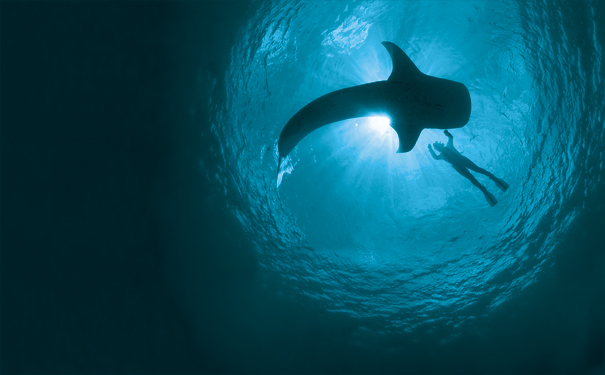
Image: Juergen Freund/Nature PL.
Because getting an exact count on the whale shark population is so difficult, Norman is still collecting data, and he hopes to gain a better understanding of the species’ health. Researchers speculate that whale sharks’ extensive migrations follow food pulses, or mass spawning of corals and other animals in tropical reefs near Australia, the Philippines, Mozambique, the Gulf of Mexico and the Galápagos (as filter feeders, their diet consists of zooplankton, small fish and molluscs). If whale sharks stop visiting a particular area, it could be an important indicator of the health of their environment there, which could also affect other species.
“I like to think of whale sharks as a canary in a coal mine for how our ecosystems are faring,” Norman says. In the end, it seems, falling in love with these giant fish means falling in love with the entire ocean.






